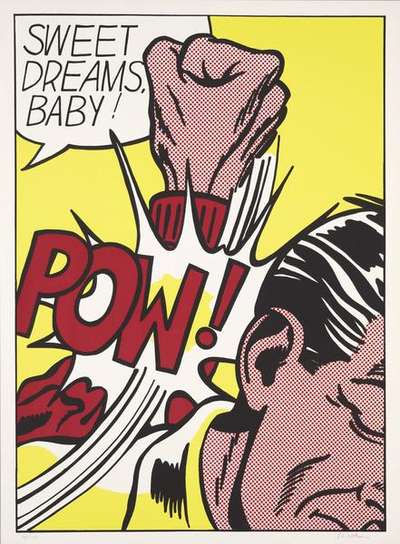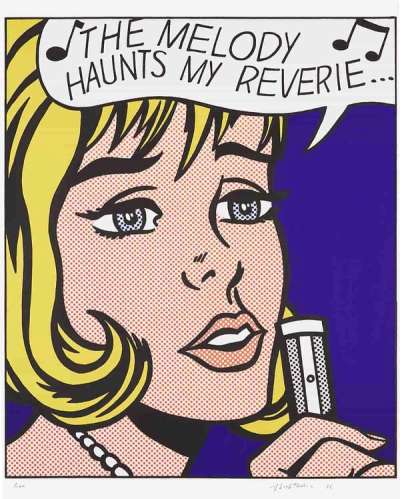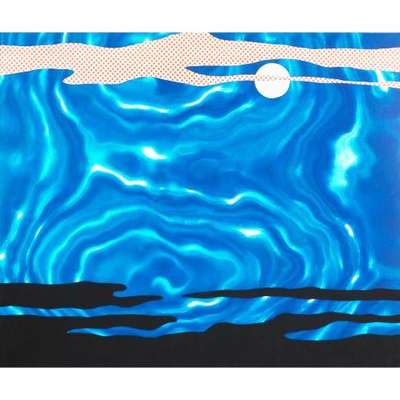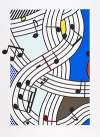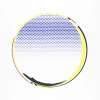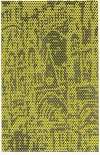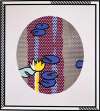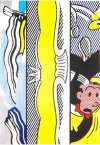11
Pop Artists
In 1965, American businessman Philip Morris sponsored three art portfolios, entitled 11 Pop Artists. Among the featured works were the following by Roy Lichtenstein, in his celebrated comic-strip style. The prints are regarded as a masterful culmination of Lichtenstein’s years of experimental printmaking practice prior.
Roy Lichtenstein 11 Pop Artists For sale
11 Pop Artists Value (5 Years)
Works from the 11 Pop Artists series by Roy Lichtenstein have a strong market value presence, with 113 auction appearances. Top performing works have achieved standout auction results, with peak hammer prices of £208945. Over the past 12 months, average values across the series have ranged from £50109 to £208945. The series shows an average annual growth rate of 5.08%.
11 Pop Artists Market value
Auction Results
| Artwork | Auction Date | Auction House | Return to Seller | Hammer Price | Buyer Paid |
|---|---|---|---|---|---|
 Sweet Dreams Baby! Roy Lichtenstein Signed Print | 19 Nov 2025 | Christie's New York | £38,250 | £45,000 | £60,000 |
 The Melody Haunts My Reverie Roy Lichtenstein Signed Print | 26 Sept 2025 | Sotheby's New York | £161,500 | £190,000 | £270,000 |
Sell Your Art
with Us
with Us
Join Our Network of Collectors. Buy, Sell and Track Demand
Meaning & Analysis
One of the biggest names in Pop Art, Roy Lichtenstein’s 11 Pop Artists series captures his celebrated, comic-strip visual style. He first gained worldwide public recognition for appropriating elements abstracted from comic strips. However, most of the themes he explored over the course of his career owed their visual syntax to styles and trends characteristic of fine art and high culture.
Lichtenstein’s growing expertise and mechanised aesthetic was consistent with the technical renaissance of American printmaking. The artist employed his iconic Ben Day dots and other regularised patterns, in order to achieve tone and texture. He applied thick black outlines for the purpose of defining the flat areas he saturated with bold primary colours. Embracing consumer culture, his schematised compositions were widely recognised by mass audiences.
In 1965, businessman Philip Morris sponsored three art portfolios. The commission was christened 11 Pop Artists. Each of the three portfolios contained 11 prints by emerging artists of the Pop Art movement. Morris intended to use the artistic collaboration to expand into new markets and reinforce his brand as part of avant-garde culture.
The project was also meant to promote vital components of American culture, symbolising freedom of expression and capitalism. Therefore, many of the prints featured in the 11 Pop Artists portfolios consist of saturated comic book imagery and serialised advertising. Roy Lichtenstein’s vibrant pop debut appears in all three volumes, signaling his meteoric rise into the realms of Post-War American art.
Lichtenstein experimented with various techniques and media prior to this collaboration. As a result, his creative contributions to the portfolio are regarded as a masterful culmination of the years he spent perfecting his printmaking skills.
